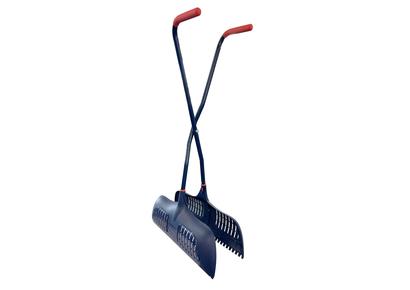
Providing for garden birds in winter
The wildlife in our gardens is often the wildlife we get to observe most closely. A glimpse of bird gobbling berries and rooting for worms in the beds, or the sound of a hedgehog rustling in leaves at night. As wildlife have no respect for the garden boundaries we dare not cross, gardens massed together can provide a very diverse habitat. The wide range of plants, shrubs, trees, structures, and environmental conditions found across a mosaic of individual gardens can be huge.
When records began in the 1960s, we had around 102 million breeding pairs of birds in the UK. By the 90s that number had dropped to around 83 million and hasn’t risen since.
In winter, putting out feeds with a high fat content helps birds to stay warm through the coldest months. Fat balls placed out in wire cages is the simplest way, but you can also make your own by melting suet and mixing in bird seed. This can be poured into holes in logs, or half-coconut shells and hung up or left on bird tables.
Starlings can be attracted by adding peanuts or raw peanut butter to the fat mix. Dried mealworms can be mixed with fat to make insect cakes, loved by tits, or berry cakes for finches. Small birds like wrens would enjoy any bits of bacon rind you might have otherwise thrown away, but chop it up small first. If you can grow sunflowers in the summer, their huge ripening seed heads can attract small flocks of sparrows, nuthatches and finches.
Using a range of seeds alongside the fatty feeds will ensure the widest range of birds are catered for. When introducing a new type of food, I always just put a little bit out first, as it sometimes takes a few weeks for the local bird population to learn what type of food is on offer in your garden. While mixed grains and fat balls seem to quickly get gobbled up in my garden, I find peanuts go down quite slowly, and the tiny niger seed goes down even slower. Putting out a whole feeder full risks the feed being left out too long, getting too damp and rotting, and then never being eaten. It’s not that these seeds aren’t appreciated, they’re just visited by a select few species who likely wouldn’t have otherwise been catered for. I see the blue tits appreciating the peanuts, while the niger seeds are loved by goldfinches. If you find yourself with over-ripe apples, chopped up and scattered they will attract thrushes and blackbirds. These birds will also get sustenance from other sources of fruit in the garden, such as hawthorn and rowan.
Studies show that the biggest predictor of wildlife in a garden, is not what habitat is available in the garden itself, but what habitat is available across all the gardens in the neighbouring area as a whole. It’s great to provide for wildlife in your garden, but the biggest benefit comes from encouraging neighbours to provide for wildlife in whatever ways they can too.


